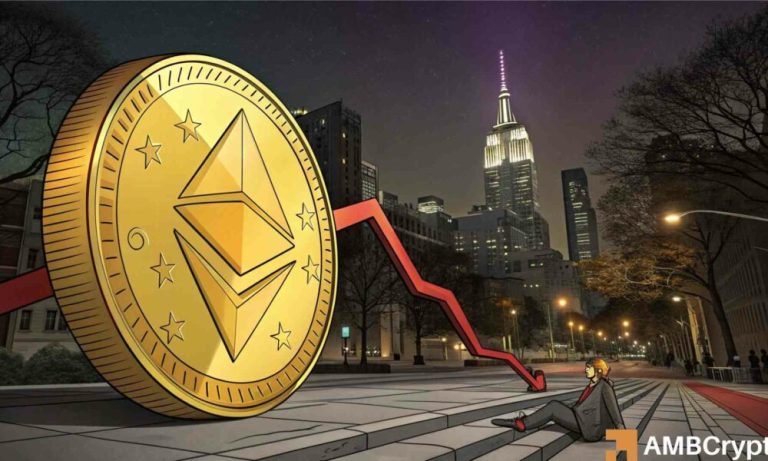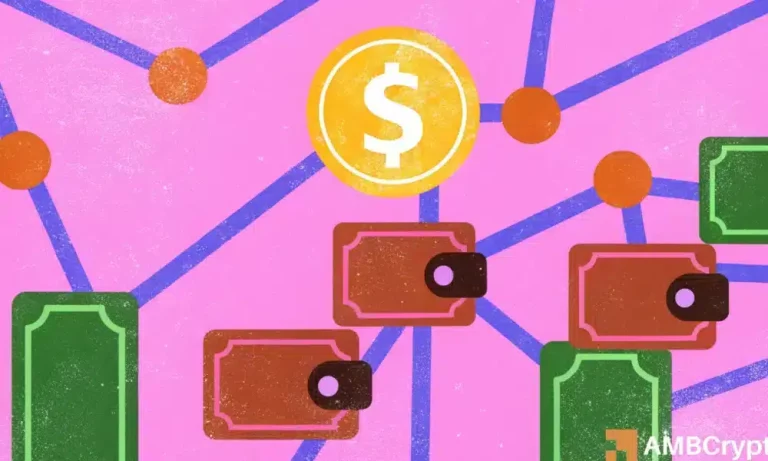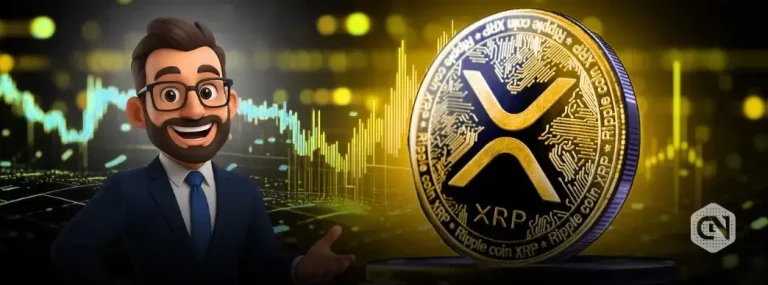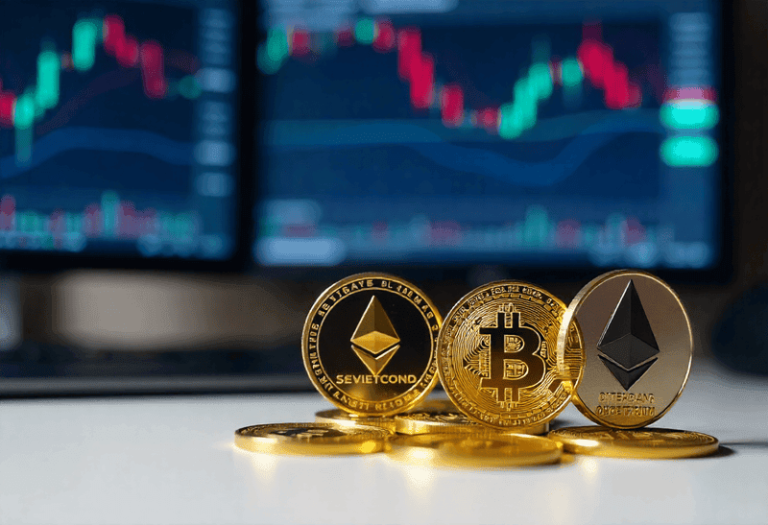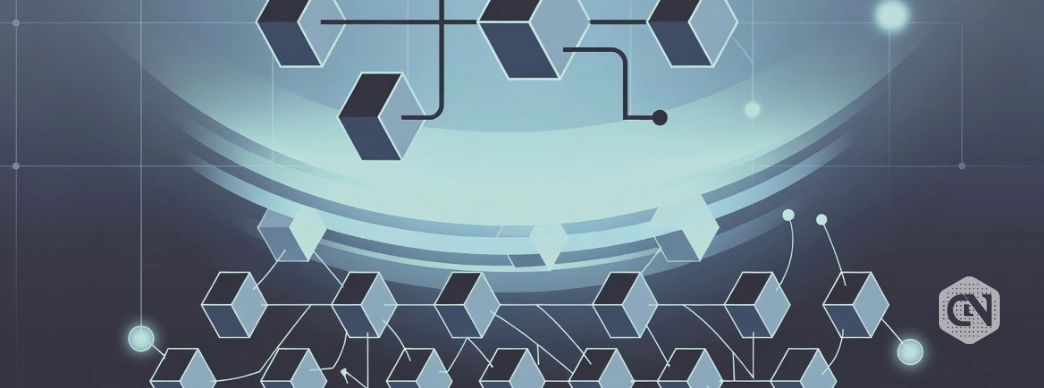
The Long-Term Viability of L1 Tokens: A Debate Sparked by QwQiao
On November 27, QwQiao, a partner at Alliance DAO, sparked a significant discussion around the sustainability of Layer 1 (L1) blockchain tokens with a thought-provoking post on X (formerly Twitter). His analysis raises critical questions about the long-term potential of L1 tokens and the challenges they face in maintaining lasting value.
Are L1 Tokens Losing Their Edge?
In his post, QwQiao expressed his concerns, stating, “I have a hard time convincing [myself] to hold L1 tokens for the long term.” Remarkably, his concerns were not centered on market price but rather the underlying structural weaknesses within L1 networks. He emphasized that without a strong “moat”—a protective feature that creates friction for users and developers to leave the ecosystem—L1 infrastructures are destined to become commodities, similar to electricity or water.
This observation points to a significant risk that L1 blockchains, without differentiation or added value, may struggle to capture significant worth over time. QwQiao highlighted the ease at which users and developers can migrate across blockchains due to advancements in bridging technology like Wormhole and LayerZero. Cross-chain transfers have already surpassed billions in volume in recent years, reducing the barriers to exit for both individuals and enterprises.
The Cost of Switching Blockchains
One striking comparison made by QwQiao is the relative ease of moving digital assets or applications between blockchains compared to switching data from a cloud provider like Amazon Web Services (AWS). With ready-to-use development kits, it takes mere days to transfer code to compatible networks—or even weeks for non-compatible ones. Furthermore, launching a new blockchain or application-based rollup can happen in a matter of weeks, not years.
In this environment, L1 tokens seem to lack the stickiness required to retain users, making their value proposition questionable. QwQiao noted, “It’s a no-brainer to believe in the exponential, but the best expression of this view is to bet on the app layer.” Essentially, he argues that the real value lies in the application layer rather than the underlying infrastructure.
Alliance DAO and QwQiao’s Vision for L1 Survival
To ensure their survival, QwQiao advocates that L1 networks move away from merely acting as infrastructure and instead transition to owning the application layer. According to him, this shift could significantly strengthen their “moat” and allow them to retain long-term value.
Highlighting examples like Solana, Base (Coinbase’s L2 network), and Hyperliquid—a decentralized exchange (DEX) built on its own high-performance blockchain—QwQiao shared optimism that some projects have already embraced this vision. Base, for instance, is quickly becoming a hub for DeFi users, showcasing how verticalization can revitalize L1 networks.
About Alliance DAO
Alliance DAO, also known as the DeFi Alliance, is one of the cryptocurrency sector’s most influential organizations. Known for launching projects such as Pump.fun and Fantasy Top, the DAO has raised $50 million in funding from venture giants like Sequoia and Paradigm. QwQiao’s expertise and previous warnings—such as those about retail ETFs and AI tokens—have proven accurate, making his insights on L1 tokens a critical conversation within the crypto community.
Conclusion: Adapting for the Future
The discussion raised by QwQiao underscores a critical juncture for L1 blockchains. Without significant adaptation and vertical integration, these networks risk becoming commodities in a highly competitive environment. As the crypto space evolves, focusing on the application layer and user retention strategies will be pivotal to ensuring long-term growth and value.
If you’re keen on exploring blockchain technology and its advancements, try tools like Coinbase Base for hands-on interaction with L2 functionalities or explore decentralized exchanges like Hyperliquid to understand next-gen applications of blockchain.
